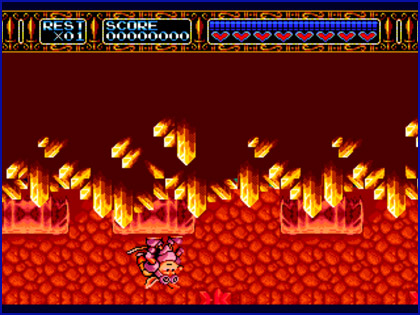
Video Games
“Rocket Knight Adventures”: Genius Level Design?
You are going to get a little bit of meta-material and genuine game analysis in a single post. That is awesome. A few years back when I first pitched the idea of “vgconvos” to Andrew […]

